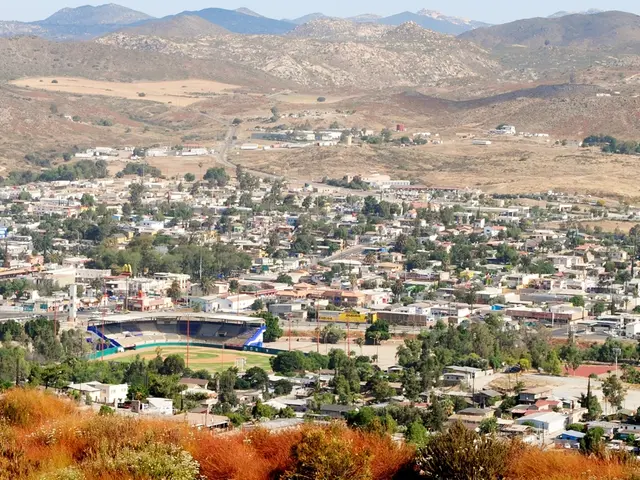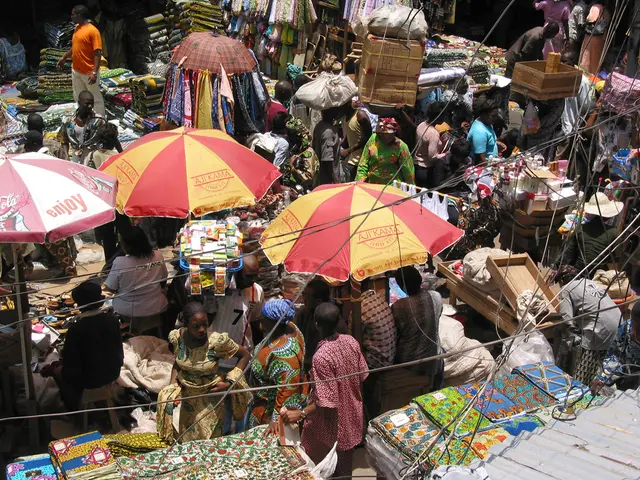Uruguay, Côte d'Ivoire, and Chile Lead with Sustainability-Linked Bonds
Uruguay, Côte d'Ivoire, and Chile are pioneering the use of sustainability-linked bonds (SLBs) to tackle environmental challenges. These innovative financial tools link bond terms to specific, measurable environmental targets.
Uruguay and Côte d'Ivoire have explored SLBs tied to deforestation limits and forest cover increases. Meanwhile, Chile's framework includes a biodiversity key performance indicator (KPI) targeting protected areas and effective management. These countries are using SLBs as a way to test their policy credibility and environmental ambition.
SLBs can be practical for smaller economies, offering investors a chance to align investments with measurable environmental outcomes. Ongoing reporting is crucial for transparency and accountability, although monitoring and verification can be more complex than traditional green bonds due to their link to broader policy targets.
Uruguay, Côte d'Ivoire, and Chile are leading the way in using SLBs to address environmental issues. While Chile has been a frontrunner, other countries with rich biodiversity, like Madagascar, may follow suit in the future. These bonds serve as a testament to the power of finance in driving sustainable change.








